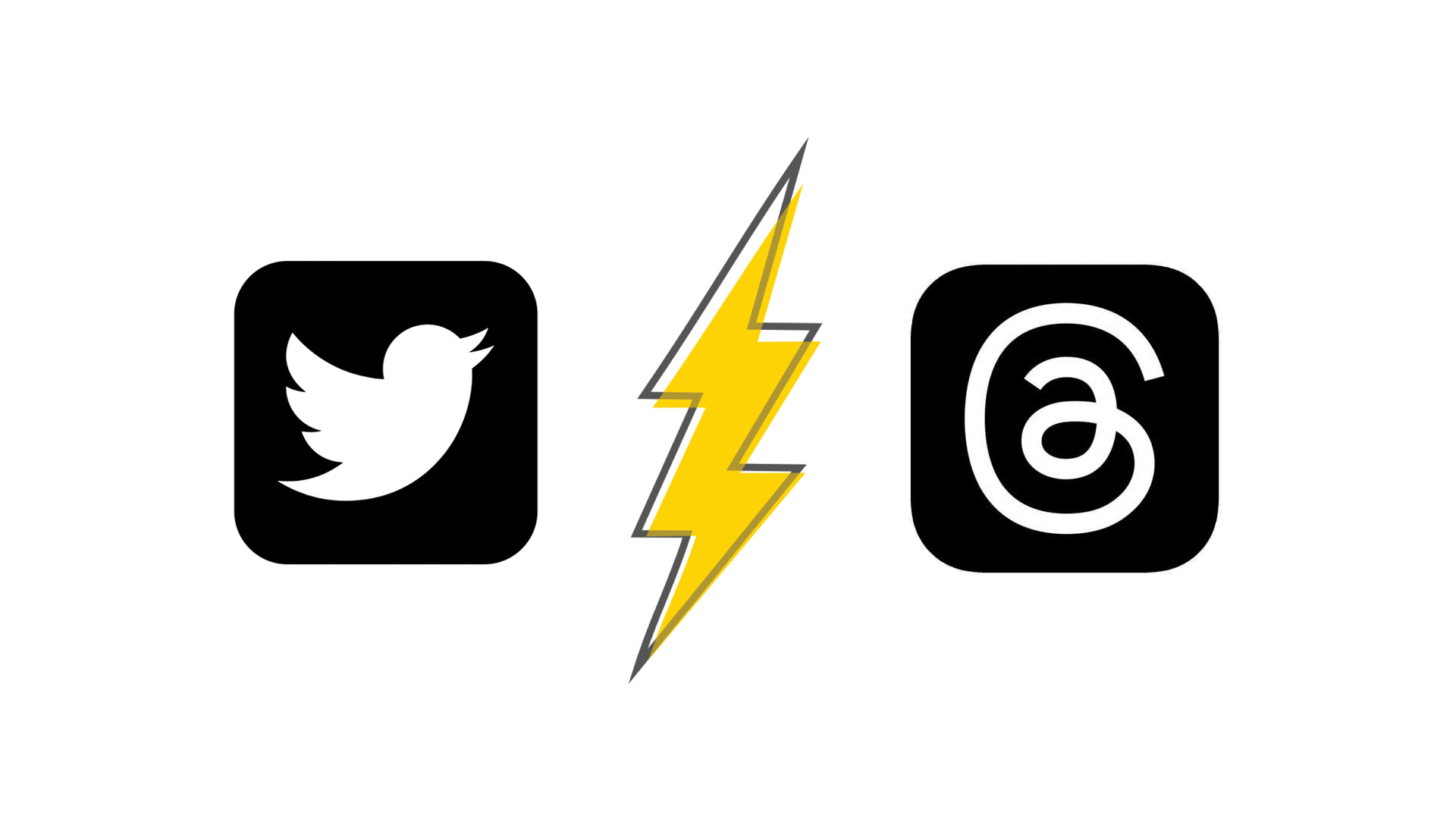Twitter vs. Threads: The Marketer and Advertiser Take

While Twitter may be snagging headlines again this week for another “interesting” move by the CEO, Elon Musk, we think the biggest change to the social media platform is still the introduction of the competitor, Threads, by Instagram/Meta. So does your business need to be on one of these platforms, and if so, which? As professional marketers and advertisers, our take on the Twitter vs. Threads discussion is that it may be too early to jump platforms, but it’ll be important to monitor that space, especially as Threads implements more of its powerful features common on Facebook and Instagram.
Does Your Business Need to Be on a “Twitter-Like” Platform?
The first major question to ask before considering which of the two platforms you need to be on is to ask if you even need to be on either. Your marketing/advertising resources are limited, and not all platforms cater to the same audiences or markets. Twitter was bought by Elon for (among other reasons) the platform’s “digital town square” appeal. Before certain paid social media verification issues on Twitter, for many organizations—from governmental to corporate—Twitter was their “official” online platform for making statements, breaking news, and implementing similar public relations marketing. But does your company need that?
What Is the Market Segment for Twitter?
Every social media platform is self-segmenting, and while there is always overlap, most potential clients (and businesses) only have so much attention to go around. The demographics for each platform are interesting because while some social media is broadly separated by age (such as TikTok, Instagram, and Facebook), Twitter has always been more separated from the others by the intent of its users. Common brands on Twitter include:
- Experts & Discourse: For personal brands, especially of the talking heads variety, Twitter has been a primary space to give their opinions, talk (and sometimes yell) with others, and show their expertise in long text chains, sometimes accompanied by photos and videos.
- Org/Brand Announcements: Twitter also became the de facto place for various organizations (including governments) to publish official announcements and press releases. Brands would often address any PR crises
- Community Organization: Twitter would often be co-opted by community managers as a space for users to bring up problems or get support on products. Changes on Facebook/Meta have seen Messenger provide some of this support, especially for older demographics.
Twitter vs. Threads: Where to Market Your Business
The first discussion we need to have is about active users. While the initial surge for Threads downloads was over 100 million, we’re seeing today that daily logins are closer to 13 million. Threads released early, feature incomplete, and it’s starting to show as users miss common features on other platforms, like a trends tab or search bar. The counter to this is the unclear number of bots on Twitter, the advantages paid users have over free ones, and censorship (or lack thereof) polarizing those on the platform. If your target demographics are the kind to quit those platforms, especially if they are active on Instagram, Threads might be the place to go: otherwise, it’s wise to wait until the balance between Twitter and Threads becomes more even (or not).
Twitter vs. Threads: Where to Advertise Your Business
It’s no secret that advertisers have been cautious when it comes to Musk’s Twitter, with many suspending ad buys or leaving the platform entirely during some of the most tumultuous times (such as the early days of paid verification). Musk himself said ad revenue was down 50% on July 15th after Threads was released. However, at this time, Threads has no built-in advertising, with Meta CEO Mark Zuckerburg stating that advertising tools common to Facebook and Instagram via Meta aren’t going to be available until after Threads proves to be a successful platform.
So while Threads is popular among individual users, with many (including our own Catrina Gardner) praising the accessibility and just enjoying a new toy, it’s too early to invest a lot of your marketing time and effort into it. However, with the volatility of current Twitter (or is it X?), it’s important to keep a close eye—or to professionally stay off both platforms completely, like we are at Vision—until the dust finally settles. If you’re curious about where your clients are and how to best market to them on social media and beyond, reach out to us at Vision Advertising for everything from consultations to global brand management online.
